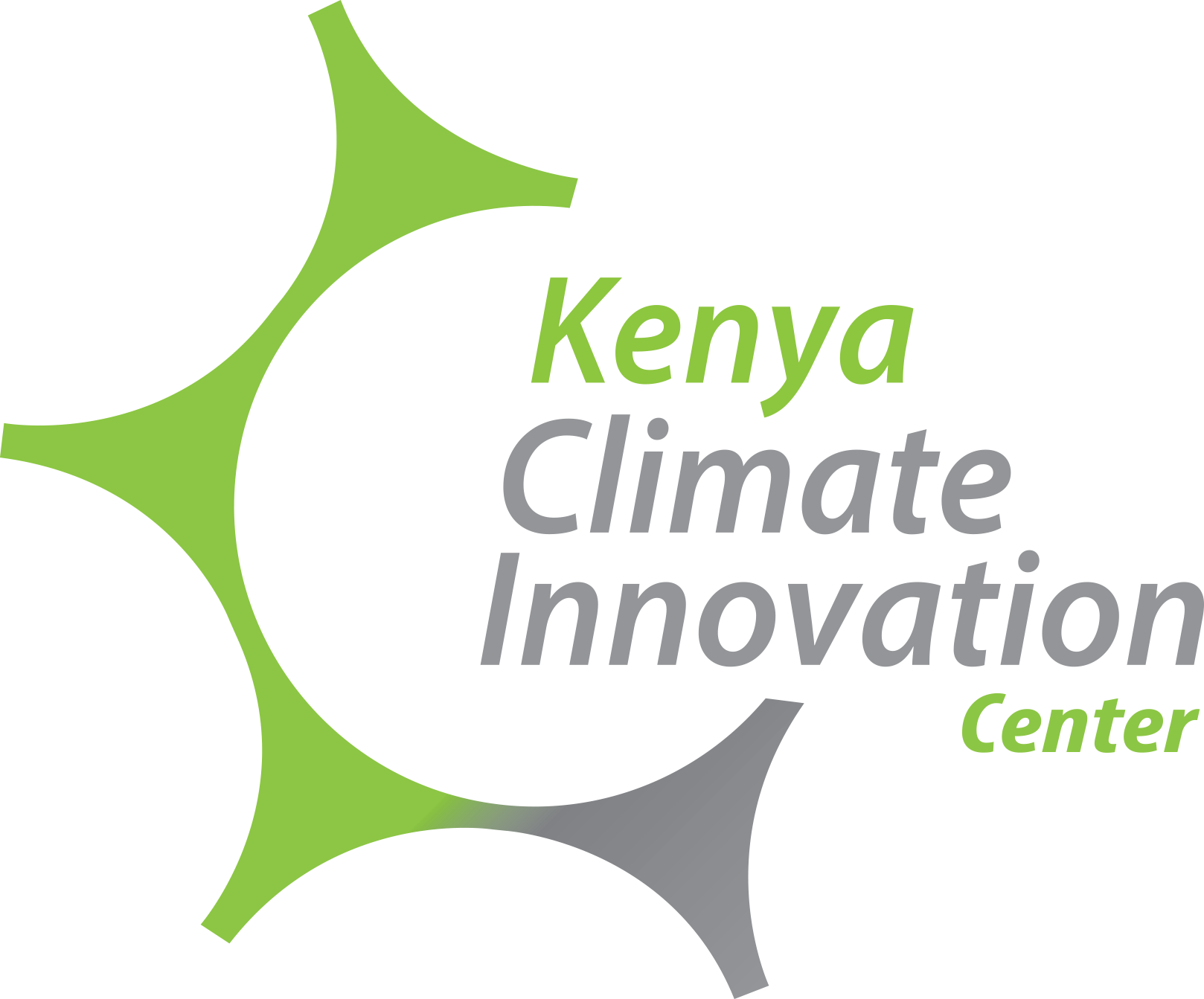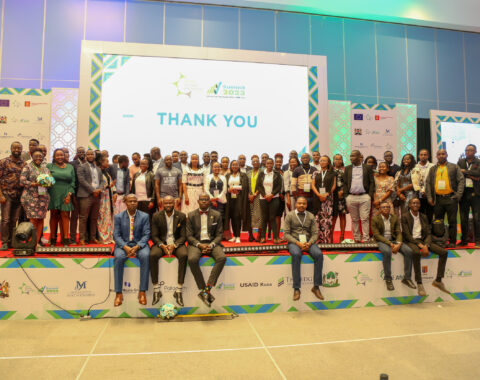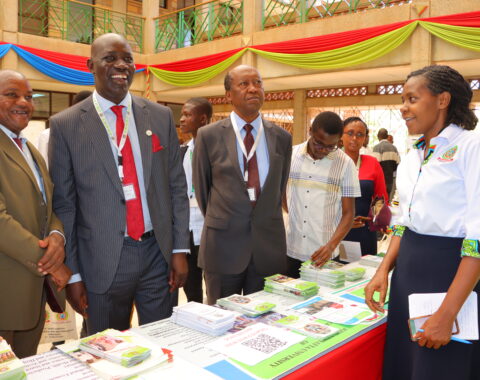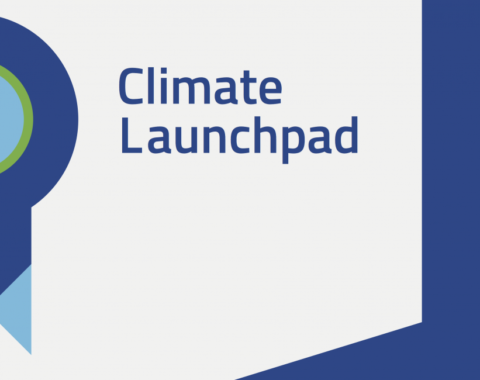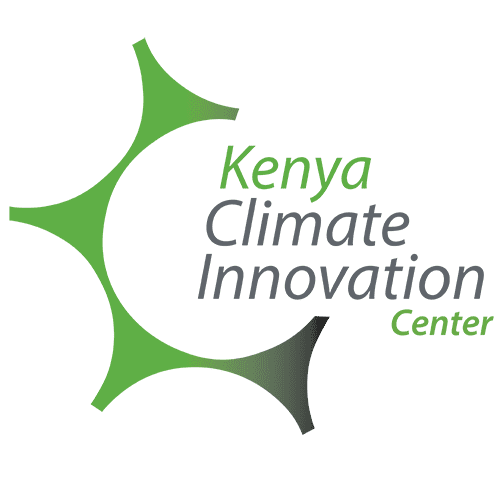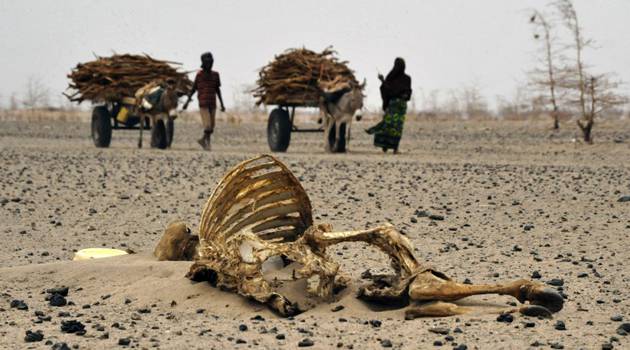
Drought in Kenya has become cyclical and predictable. The effects of climate change become more pronounced each day and it is evident that they are at fever pitch. Climate change increases vulnerability and drought is a clear symptom of chronic vulnerability. Even without the incidences of drought, the country is yet to attain food security.
According to the World Health Organisation (WHO, food Security is achieved “when all people, at all times have physical and economic access to adequate/sufficient, safe and nutritious food to meet their dietary needs and food preferences for an active and healthy life.” Food security is a major challenge in Kenya due to various factors including cyclical drought and poor food production systems.
A joint statement by the National Drought Management Authority (NDMA) and the World Food Programme (WFP) in September 2016 noted an improvement of the food security situation in Kenya due to the favourable harvest that resulted from the short rains. Unfortunately, the long rains in April/May 2016 were insufficient leading to low harvests. In October 2016, NDMA indicated that five counties (Kilifi, Garissa, Kwale, Lamu and Marsabit) were in the alarm drought phase with the trend worsening in three counties.
The Kenya Red Cross also reported that approximately 2.5million Kenyans were in danger of starvation by April 2017 due to the failed rainfall. The short rains in October to December were also insufficient which worsened the drought situation in Kenya. The Minister of agriculture indicated that the number of people affected by the drought had risen to 2 million which means that if the government is not able to avert any further effects, the prediction by the Red Cross may come true earlier than April or even worsen.
In the second Medium Term Plan (MTP), the National Government has prioritized implementation of the Ending Drought Emergencies (EDE) programme and increasing investment in irrigation to reduce the country’s dependence on rain-fed agriculture. The Government also established the National Drought Management Authority (NDMA) mandated to establish mechanisms to ensure that drought does not result in emergencies and the impacts of climate change are sufficiently mitigated. The government has also adopted various strategies to ensure food security including mechanization of agriculture, revival of cooperatives and farmers’ unions and subsidizing farm inputs.
The Galana-Kulalu scheme is one of the most ambitious efforts to produce food through irrigation. The scheme which was intended to bring one million acres of land under irrigation has not succeeded and there are doubts about its viability. The first harvest produced only 10 bags per acre instead of the expected 40 bags per acre. The National Assembly Agriculture Committee has called for its suspension and the government has cut the project’s budget by half after a taskforce reviewed the project.
Food security will only be achieved through the adoption of sustainable policy measures to address challenges facing the agricultural sector and climate change. Kenya is expected to develop strategies to respond to the Sustainable Development Goals (SDGs) that speak to food security and climate change which is one of the major causes of drought and famine across the globe.
Signs of climate change effects are evident in the form of irregular and unpredictable rainfall; extreme and harsh weather, frequent droughts and flooding.
Kenya launched the National Climate Change Response Strategy (NCCRS) in 2010 which seeks to create a climate resilient nation able to achieve its development goals despite the challenges posed by climate change such as drought and famine. A National Climate Change Action Plan (NCCAP) 2013-2017 was also developed to implement the strategy. The main objective of the NCCAP was to develop a policy and legislative framework on climate change in Kenya. A Climate Change Act, 2016 was passed in May this year but a national policy on climate change is yet to be developed.
Modernisation of agriculture is also essential to ensure food security. Strategies to improve efficiency and productivity should be developed. Policy issues to be addressed include: increasing agricultural productivity for small-holder farmers; increasing irrigation of land to reduce over-reliance on rain-fed agriculture; diversification into non-traditional agricultural commodities and value addition to reduce vulnerability; and ensuring environmental sustainability.
As the NCCAP comes to an end this year; there is need to evaluate what has been achieved so far and develop strategies for the next period.
Picture: Courtesy Capital FM Kenya

